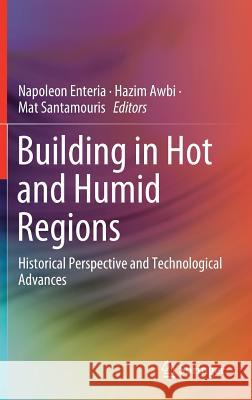Building in Hot and Humid Regions: Historical Perspective and Technological Advances » książka
topmenu
Building in Hot and Humid Regions: Historical Perspective and Technological Advances
ISBN-13: 9789811375187 / Angielski / Twarda / 2019 / 219 str.
Kategorie:
Kategorie BISAC:
Wydawca:
Springer
Język:
Angielski
ISBN-13:
9789811375187
Rok wydania:
2019
Wydanie:
2020
Ilość stron:
219
Waga:
0.50 kg
Wymiary:
23.39 x 15.6 x 1.42
Oprawa:
Twarda
Wolumenów:
01
Dodatkowe informacje:
Wydanie ilustrowane











